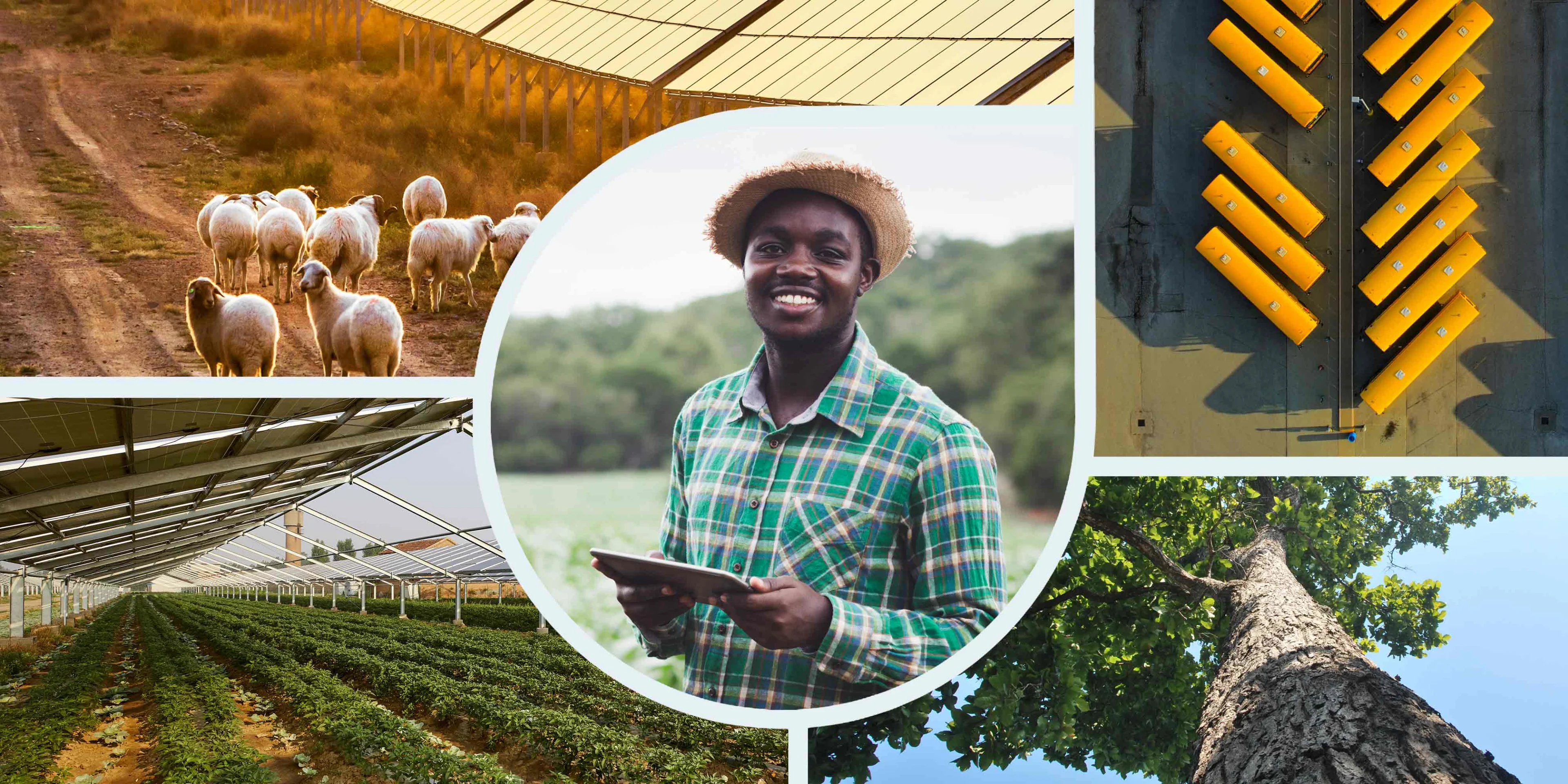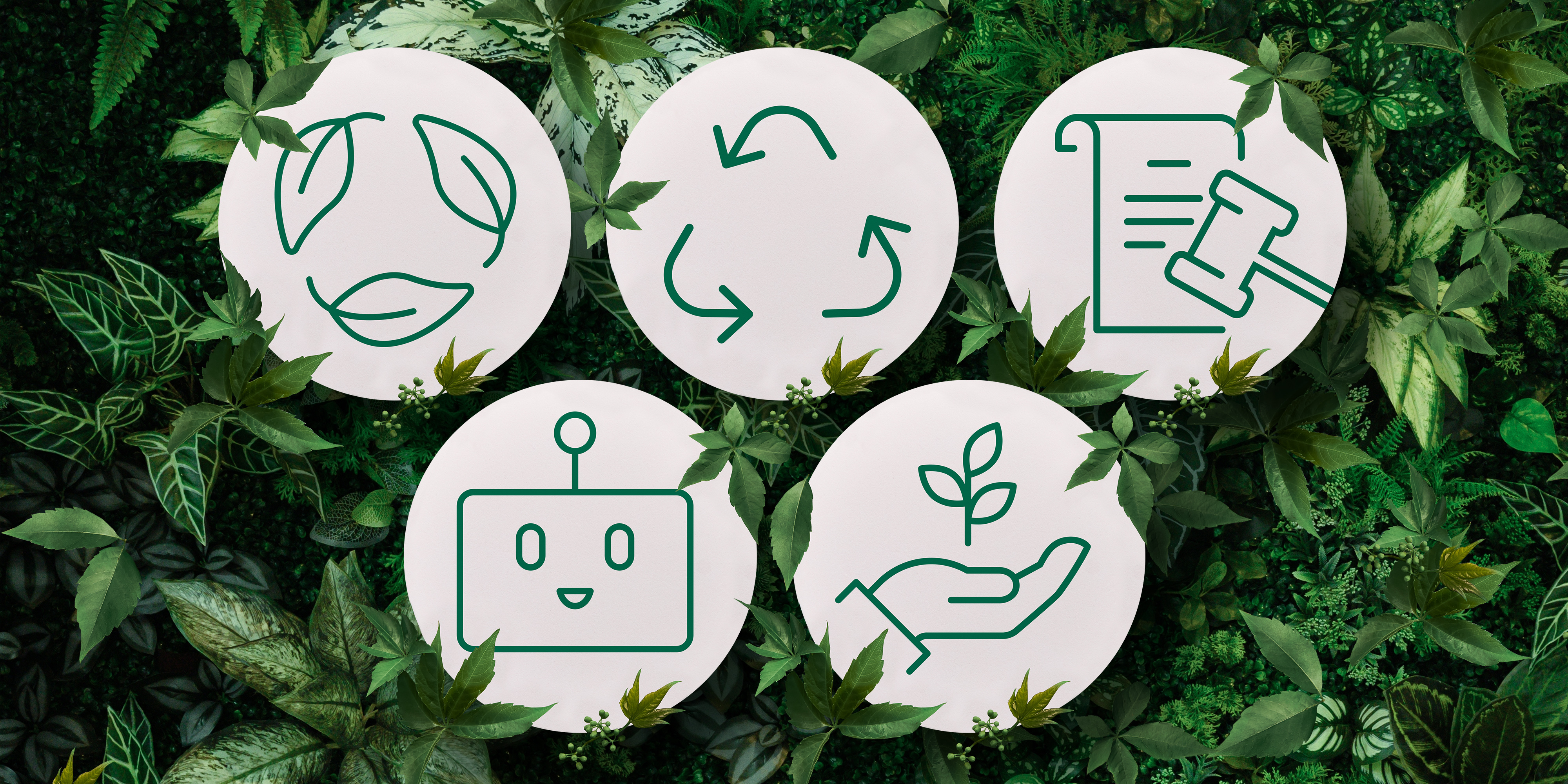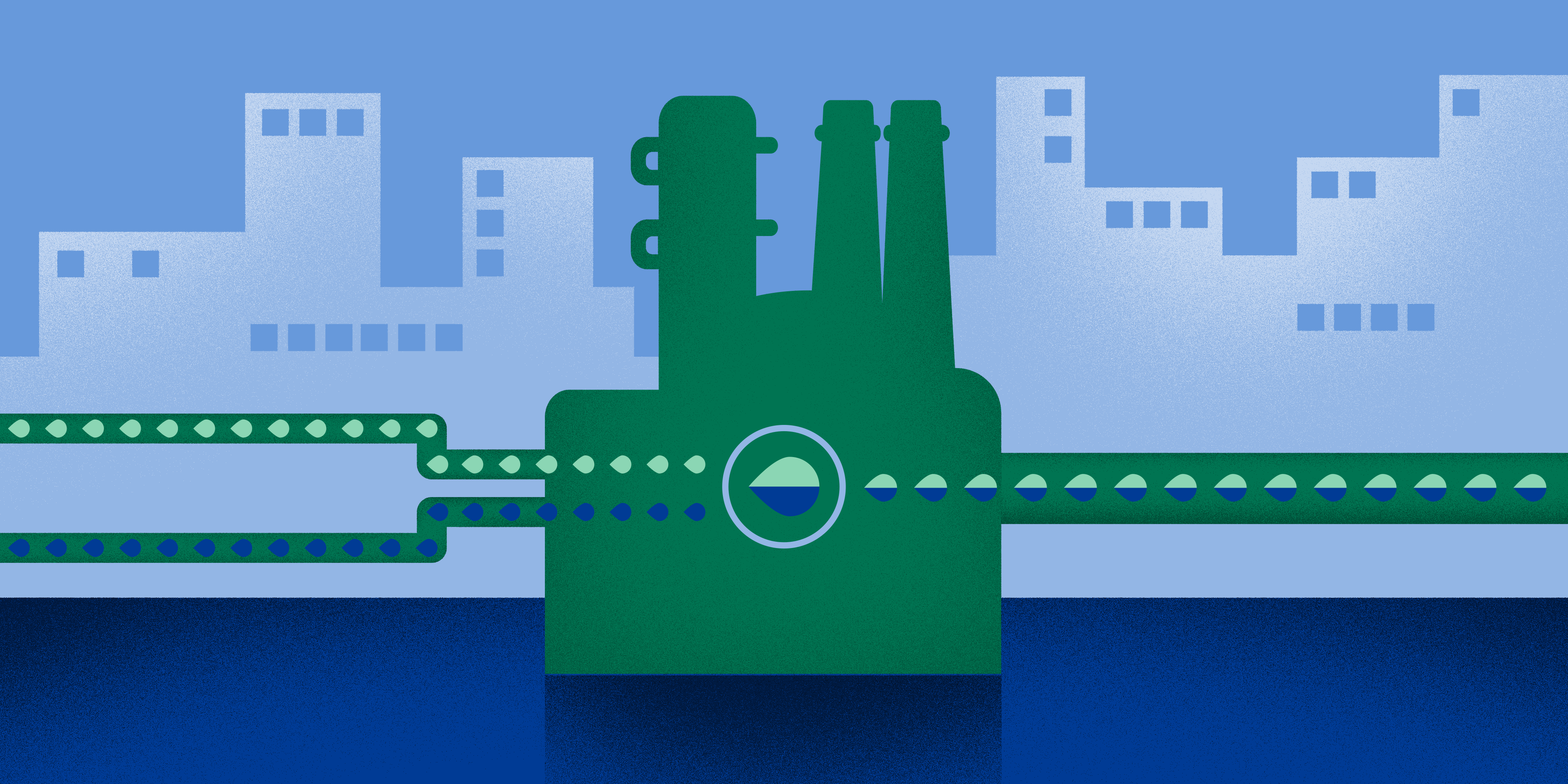
Sustainability
6 minute read
Five innovative solutions to climate change: learning from global hotspots
The last decade was the warmest on record disrupting the Earth’s natural systems. As different parts of the world experience climate change in diverse ways, what can we learn from local solutions? Here, journalist Nick van Mead considers five innovative initiatives that address specific climate-related issues in their area of the world.
All solutions are needed to reach our globally shared goal to combat climate warming and to adapt to its impacts - what inspiration can we take from different approaches all over the world?
1. Connecting the unconnected: Ared’s solar-powered kiosk
In Rwanda, the sun is being used to allow people to charge cell phones when they don’t have access to electricity at home. Ared’s mobile kiosks, powered by 100-watt solar panels, can charge up to 30 phones at once and serve as Wi-Fi hotspots. Operators wheel the kiosks, known as “shiriki hubs”, to busy areas such as markets and central squares to maximize footfall and connect the unconnected: the World Bank says 72% of the Rwandan population have a mobile phone; yet only 34% have access to electricity.
2. Regreening the city: how urban trees take the heat
Much of the world suffered in intense heat this year, and cities around the world are looking to nature for help. In Paris – where climate activists recorded a temperature of 56℃ bouncing off the concrete on the treeless street outside the Garnier Opera House; double the 28℃ in a shaded boulevard nearby – mayor Anne Hidalgo has a plan to plant an additional 175,000 trees by 2026.
The French capital is not alone. Madrid is planting a one-million-tree Bosque Metropolitano around its periphery, while the South Korean capital Seoul is creating “wind path forests” along rivers and roads to funnel cool air from into the city center in a bid to cut summer temperatures.
India was one of the most severely affected countries. A recent study in the Lancet medical journal estimated that deaths due to extreme heat rose 55% between 2000-2004 and 2017-2021, and could cost the country as much as 5.4% of GDP. Temperatures in the capital Delhi hit a record-breaking 49℃ in May.
For ecologist Harini Nagendra, who heads the Center for Climate Change and Sustainability at Azim Premji University, protecting and revitalizing nature is the answer.
The author of books including Trees in Indian Cities and Reforesting Landscapes, Nagendra said: “Because of their concrete, cities develop intense heat, and can be 8 to 10 degrees hotter than their surroundings. Green spaces, lakes and streams and trees cool that heat. They are also essential for the wellbeing of a city’s people.”
“Cities are complex systems, where the government alone, or communities alone, cannot hope to achieve much – it is groups that work together that can achieve real transformative change. Governments must be nudged, tugged at and convinced, and this is where communities play a powerful role.”
3. Saving scarce water: South Africa’s waterless car wash
South Africa’s commercial capital Johannesburg has experienced severe water shortages this year, with outages across large sections of the city.
Although waterless car wash systems have been around for more than a decade, South African company Green Machine has seen demand boom for its water-soluble Carnauba wax cleaning system. Their system uses 750 milliliters of clean water compared with 200 liters for a typical commercial wash, and the company claims its 80 bays across the nation save 110 million liters of drinking water every year.
4. Start them young
The United States’s 500,000 school buses move more than 25 million children from home to classroom each day but that comes at an environmental cost – 95% run on fossil diesel and the service generates more than 5 million tonnes of greenhouse gases per year.
Less than 1% – just over 1,800 – of US school buses were electric as of the end of last year and high purchase costs ($350,000 for an EV school bus versus $100,000 for diesel) means many school districts simply cannot afford to convert their fleets.
Neste, a global leader in the field of renewable diesel and sustainable aviation fuel, has been supplying approximately 4 million liters of renewable diesel to school districts in California and Oregon each year – giving up to 168,000 students a more sustainable ride to school.
“Because school buses have long lifespans they are hard to electrify overnight,” says Carrie Song, VP of Renewable Road Transport for Neste US. “Renewable diesel is the most effective solution today to replace fossil fuels to significantly reduce greenhouse gas emissions from school transportation.
5. Harvest the sun: agrivoltaics
The idea of integrating solar power with agriculture has been around since the 1980s but has really taken off over the past five years, with trials from Japan to the US, Africa to Northern Europe. Successful schemes could almost double the output of scarce land, helping to increase resilience to the climate crisis.
Dr Richard Randle-Boggis, a research associate at the University of Sheffield, has been working on a year-long trial in Kajiado, Kenya, which planted crops around an array of panels spaced further apart than in a dedicated solar park. In a hot country the panels provide much needed shade, reducing water loss from plants. The agrivoltaic trial produced crops such as cabbages that were bigger and healthier.
Randle-Boggis says the Kenya project allowed farmers to grow 97% of what they could in a bare field – much better than 0% if they just had solar panels. Conversely, the lower panel density in an agrivoltaic scheme meant a slight decrease in energy generated. Combining the two meant the land was 75% more productive.
Agrivoltaics are not just relevant for the sunniest countries. In Japan, agrivoltaics projects have helped increase the output of scarce land, while in the Netherlands solar panels protected soft fruits such as raspberries from hail. A trial in Germany raised panels four meters above the ground, allowing farm machinery to gain access to crops below.
Steve Cinderby, a senior research fellow at the Stockholm Environment Institute, added: “Agrivoltaics give farmers more flexibility to diversify in terms of crop processing and storage but also gives them other business opportunities. This means that they can be more resilient to fluctuations in the weather, crop prices and so on by diversifying their businesses or adding additional income streams. I think the challenge in Northern Europe is integrating the systems into more mechanized farms – agrivoltaics and tractors are not necessarily a happy mix!”
All solutions are needed to tackle climate change
While the specific challenges and climate change-related issues are different from one part of the world to another, ultimately we all have a shared goal and responsibility to dramatically cut back on emissions.
Stepping away from any “us and them” mentality is crucial. This is a particularly timely topic in the aftermath of COP27 in Egypt - the more we work together and learn from each other, whether it is for small local projects or major city transformations, the better our chance to save our planet from catastrophic overheating.
Credits:
Nick van Mead, an award-winning city journalist with more than 20 years at the Guardian and the Associated Press, most recently as deputy editor of Guardian Cities.





